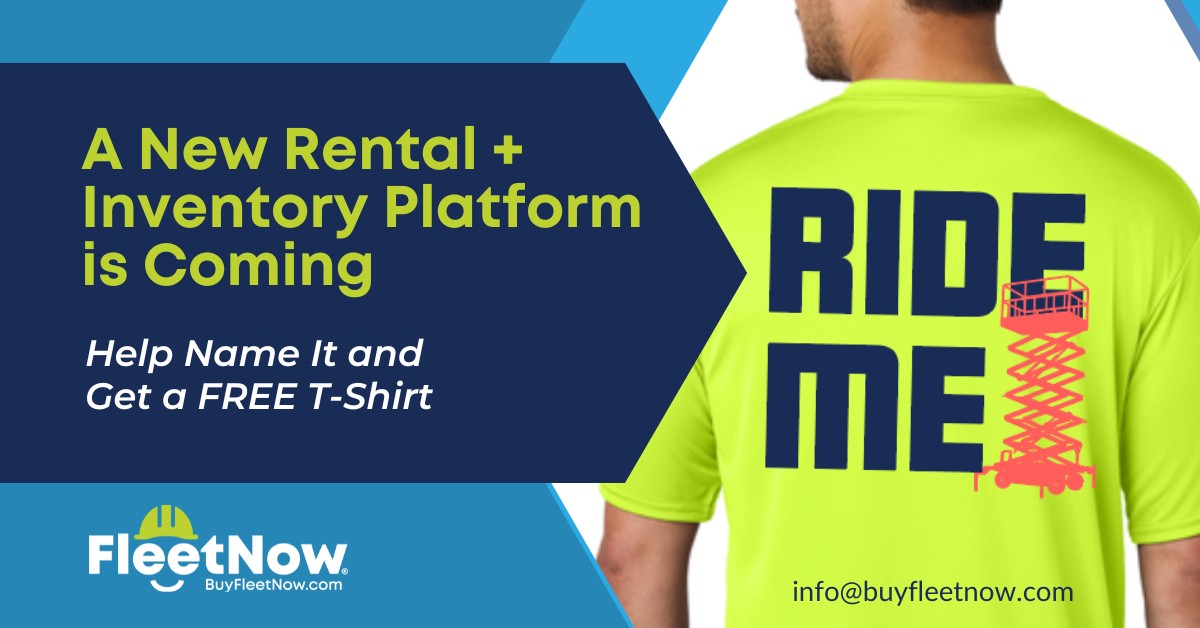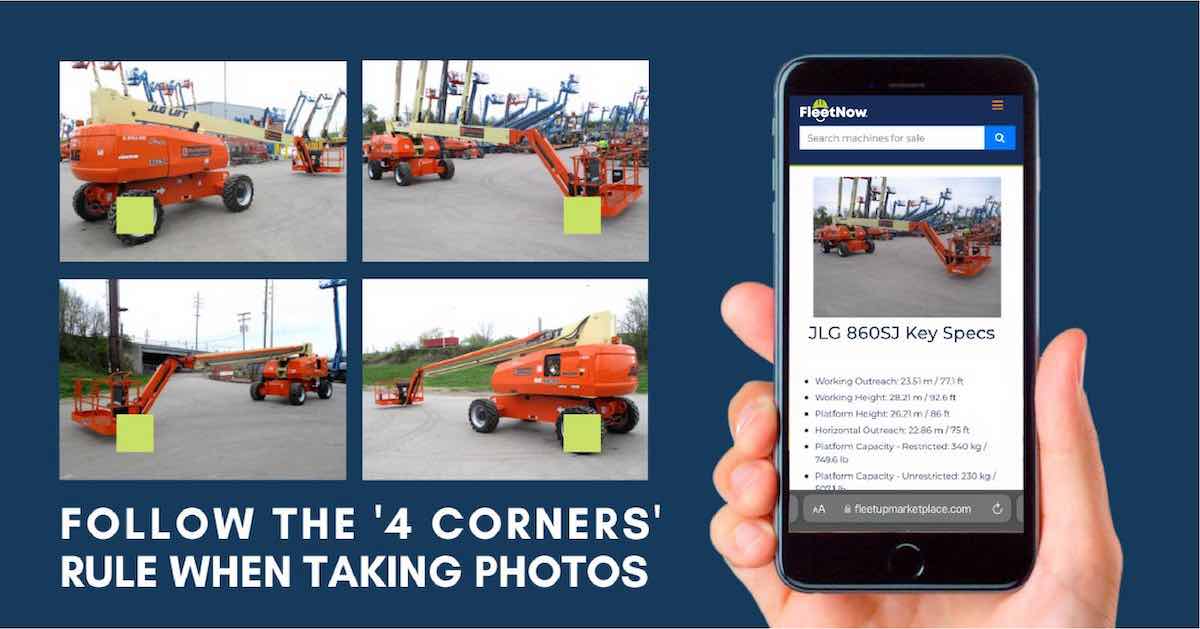Understanding Market Dynamics
Before setting a price for your used heavy equipment, it’s crucial to assess market demand. Is your equipment type currently in high demand? Consider these factors:
- Current Market Trends – Research industry reports and online marketplaces to see if your equipment is selling quickly or sitting unsold for long periods.
- Economic Conditions – Factors like construction growth, infrastructure projects, and interest rates can impact demand and pricing.
“A competitive price reflects both the value of the equipment and the market demand,” says XX, an industry expert.
By staying informed, you can price your equipment strategically and competitively.
Evaluating Equipment Condition
The condition of your equipment plays a major role in its value. Buyers will scrutinize these aspects:
- Hours of Use – Like mileage on a car, lower hours generally increase value.
- Maintenance History – Well-maintained equipment with service records often commands a higher price.
- Existing Damage – Visible wear and tear or functional issues can reduce value, so be transparent in your listing.
Regular upkeep and documented maintenance can justify a higher asking price.
Researching Comparable Listings
Checking similar listings is a great way to gauge a fair market price. Key factors to compare include:
- Equipment Age – Newer models often fetch higher prices, while older models may need a competitive edge to sell quickly.
- Features – Equipment with upgraded technology, attachments, or specialized capabilities may have higher demand.
- Geographic Location – Prices can vary based on regional demand, shipping logistics, and availability.
Studying competitor listings can help you set a realistic and competitive price.
Factoring in Depreciation
Like all assets, heavy equipment depreciates over time. Understanding depreciation rates can prevent you from overpricing or undervaluing your machinery. Research industry-standard depreciation percentages for your specific equipment type and adjust accordingly.
Considering Additional Costs
Pricing isn’t just about the machine itself. Be sure to factor in:
- Transportation Fees – Will you cover shipping, or will the buyer?
- Listing Platform Costs – Some online marketplaces charge fees for listings or completed sales.
- Taxes & Fees – Depending on your location, there may be tax implications for selling used equipment.
Transparency about costs can make your listing more appealing to buyers.
Highlighting Value-Added Features
If your equipment includes premium upgrades or extras, be sure to highlight them in your listing. Features such as:
- Attachments (buckets, forks, grapples, etc.)
- Enhanced safety features
- GPS tracking or telematics technology
These can add significant value and justify a higher price point.
Adjusting for Seasonal Trends
Demand for certain types of equipment fluctuates throughout the year. For example:
- Snow removal equipment sells better before winter.
- Excavators and loaders may be in higher demand during peak construction seasons.
Timing your sale strategically can help you maximize value.
Setting a Negotiable Price
Leaving room for negotiation can attract more potential buyers. Consider whether to list your price as:
- Firm – If you’re confident in your valuation and are not open to offers.
- Negotiable – If you want to encourage buyer interest and flexibility in closing a deal.
Being upfront about pricing expectations can streamline the selling process.
FAQs
How do I determine if my price is too high?
If your listing hasn’t attracted interest within a few weeks, consider lowering the price or adding incentives, like free delivery or extra attachments.
Should I include shipping cost in the price?
It depends on your strategy. Some sellers factor it into the asking price, while others offer shipping as an additional cost. Clearly state this in your listing.
Pricing used heavy equipment effectively requires a balance of market research, condition assessment, and strategic timing. By following these guidelines, you can set a competitive price that attracts buyers while maximizing your return. Take the time to evaluate all factors, and you’ll increase your chances of a quick and profitable sale.
Follow FleetNow for More on Equipment Reviews,
Maintenance, and Equipment Deals
Maintenance, and Equipment Deals






